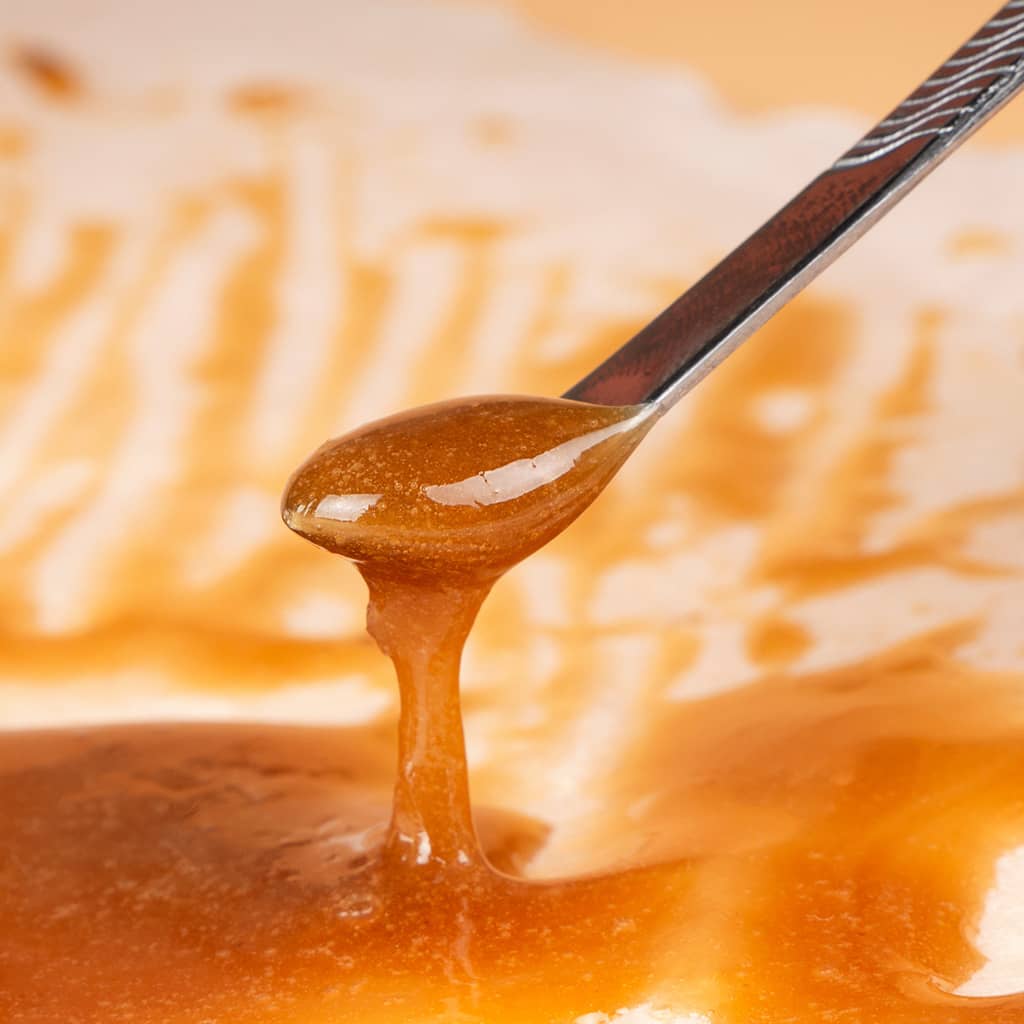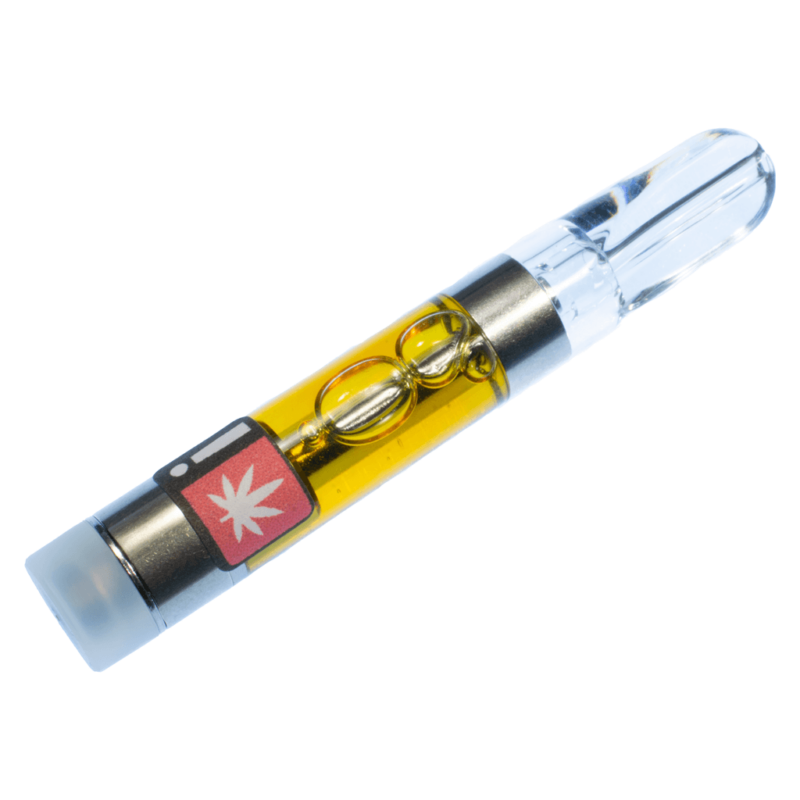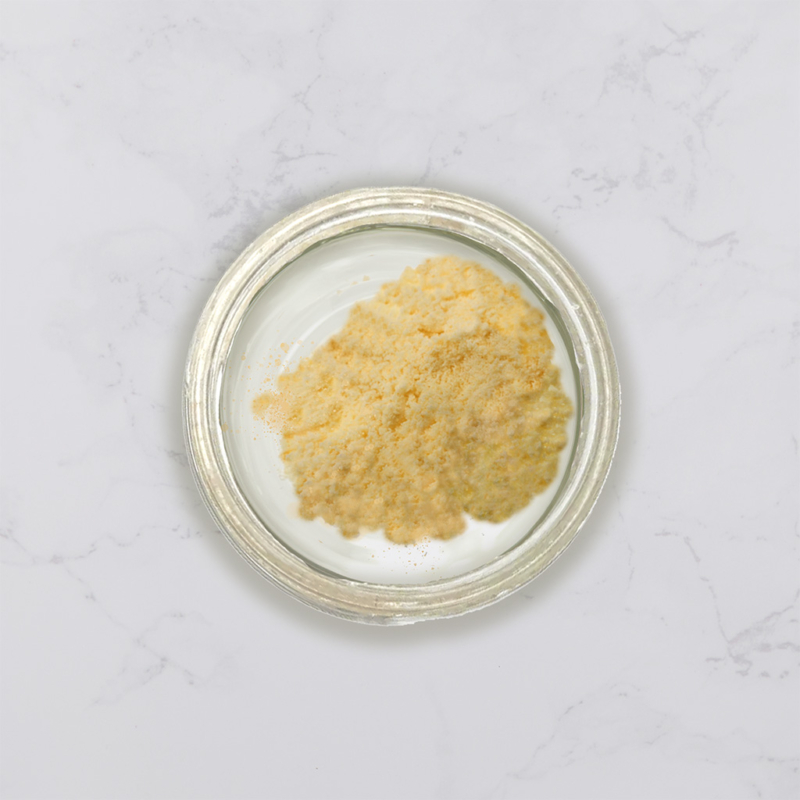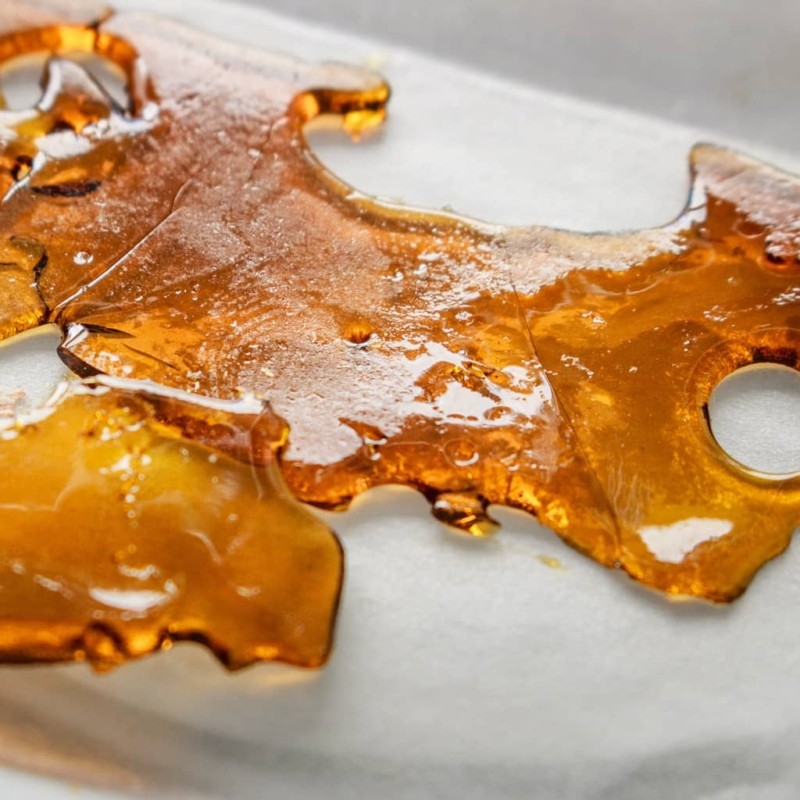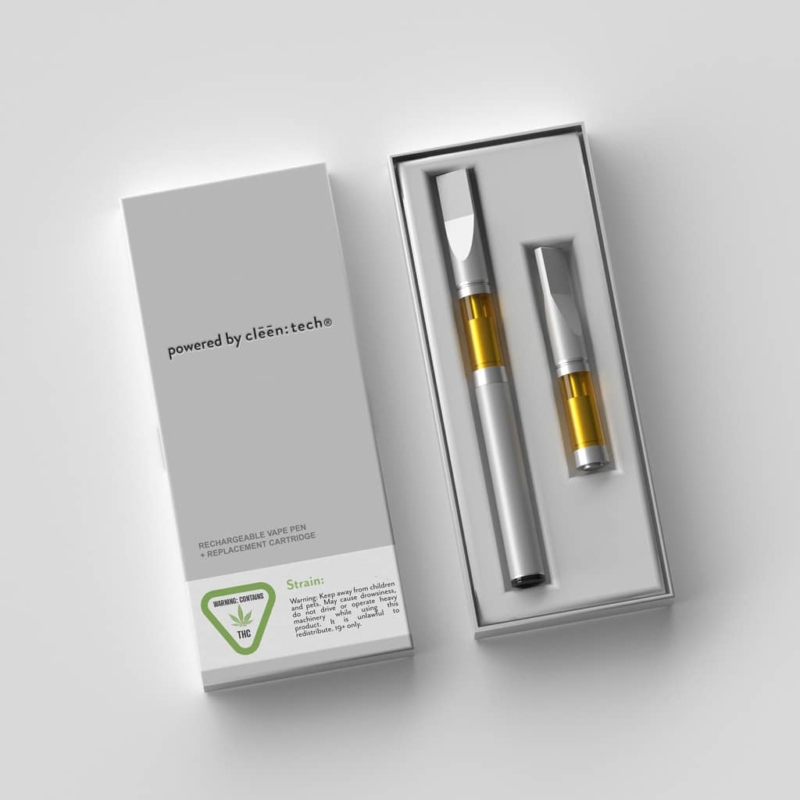What Is Extraction? The Basics
Written by: Scott Sondles

You may have heard the term before, but what is extraction and how does the process work, exactly? Extraction is the process of separating and preserving naturally derived bioactive compounds from plant materials, animal products, or fungi. Humans have a long history using extraction methods and plant extraction was one of the biggest industries during the Mesopotamian and Egyptian times. Perfumes, waxes and therapeutic oils started to be produced in places like Baghdad Afghanistan by 3500 BC. The first extraction methods used water and oils as solvents and around 1600 BC, extractors began using fermented beer and wine. Ethanol wouldn’t be created until the medieval times (900 AD). The essential oil and fragrance market has historically been the main focus of plant extraction, but in modern times the legal cannabinoid market has become the driver of extraction innovation.
The bioactive and inactive compounds that are extracted from natural raw materials are excellent compounds to add to nutraceuticals, personal care productions, functional foods, and healthcare products. The fascination with extraction and human society is complex, but as long as humans are on the earth we will continue to seek out natural therapeutics for the prevention and treatment of diseases. The most coveted natural compounds will mimic therapeutic compounds that our bodies naturally produce while providing anti-inflammatory and antioxidant benefits. For the last 3 decades, over 60% of approved drugs for cancers and infectious diseases have been made from secondary metabolites or bioactive chemicals. Green or sustainable extraction techniques are hot areas for investment and pharmaceutical and cannabinoid industries are leading the charge in acquiring new equipment and patents.
Natural compounds come in all different shapes and sizes and many of the best extraction techniques have the ability to fractionate or separate specific compounds based on molecular size and solubility. More traditional extraction techniques revolve around producing a crude extract and then separating these compounds using centrifuges, distillation equipment, or chromatography machinery.
There is a diverse number of bioactive compounds in the world and all these different shapes and sizes provide unique functionalities. Often some of the most valuable bioactive chemicals come in very small concentrations and large amounts of raw material may be needed for a very small amount of the desired compound.
Due to the diversity of chemicals that are found in most natural extracts, it is unprofitable to chemically synthesize these extracts or chemicals in labs. This unprofitability has led most companies to pursue advanced extraction technologies, such as supercritical CO2 and chromatography. But, what is chromatography or supercritical CO2 and how are these techniques furthering the industry? Advancements in extraction methods and equipment will allow companies to offer higher quality and more standardized natural products. All health trends suggest that there will be an increasing demand for natural extracts and natural consumer packaged goods (CPGs). New innovations in extraction, separation, identification, nanotechnology, and microencapsulation are enhancing the value of natural extracts and allowing breakthroughs in cleantech product innovation. Botanical and fungi extracts that are derived from CO2 will play a key role in developing affordable preventative medicinal opportunities for holistic patients and consumers.
Solvent Extraction
The majority of extraction techniques utilize a liquid solvent such as ethanol, butane, or hexane. The natural raw material is exposed to the solvent for a period of time and the liquid solvent pulls natural compounds out of the raw material. The solvent is removed using filters, rotary evaporators, and centrifugal equipment. One of the most difficult processes of using traditional solvents is having to separate the final extract from the solvent without thermally degrading the extract. If you’re trying to preserve the most volatile chemicals than traditional solvent may be hard to use. One of the key benefits of using an organic solvent like ethanol is the ability to extract both polar and nonpolar compounds, but the major downside of using these traditional solvents is the toxicity for humans and the potential fire hazard during the production process. Currently, some of the largest plant extracts and hemp processors in the world use ethanol solvent extractions due to the immense amount of material that can be cheaply processed using this method. Furthermore, it is important to note that solvent extractors have to have large quantities of solvent on hand, storing flammable solvents can get expensive, and you’ll typically have to deal with strict regulations.
Subcritical or Supercritical CO2 Extraction
For many natural extracts, subcritical and supercritical CO2 extraction is becoming the preferred method. In subcritical and supercritical CO2 extractions the traditional solvent is replaced with CO2. CO2 extraction equipment uses pressure and temperature to turn CO2 into a subcritical liquid phase of a supercritical phase of matter. Supercritical fluids have been dubbed the 4th phase of matter behind gas, liquid, and solid. When CO2 gas reaches a temperature of 87.8 °F and pressure of 1,070 PSI it takes on the properties of a supercritical fluid which is a hybrid between a gas and a liquid. The fluid has the diffusibility of gas, but the solvent power of a liquid. One of major benefits of CO2 extractions is the ability to extract at low enough temperatures that it doesn’t denature the synergistic properties of the natural compounds.
Subcritical or supercritical extraction equipment may require a bigger upfront investment, but the quality of the final extract demands a premium if done correctly. CO2 extraction technology’s major advantages revolve around its low toxicity, environmentally friendliness, and ability to selectively extract compounds or ‘tune’ the extraction parameters.
CO2 extraction can be a little intimidating for the beginner, but modern-day CO2 extraction equipment has simplified the process and many of the top equipment suppliers have created 100% automated systems. CO2 equipment consists of four main elements, (1) CO2 pump(s), (2) chiller/heater, (3) high-pressure extraction vessels, and (4) separation chambers. CO2 extraction machines work by loading raw material into the extraction chamber and then pumping CO2 gas into the chamber until it reaches the preferred subcritical or supercritical parameters. After a short mixing period, the CO2 fluid is then pumped out of the extraction chamber and into a separation chamber. During this process, the bioactive chemicals are soluble in the subcritical or supercritical fluid and as the CO2 leaves the extraction chamber it brings the bioactive chemicals with it. Inside of the separation chamber, the CO2 is exposed to a much lower pressure where the CO2 liquid or supercritical fluid turns back into a gas. The CO2 gas continues to get pumped out of the chamber to repeat the process, It is the phase change from liquid or supercritical fluid to gas that allows the bioactive chemicals separate from the CO2 stream and drop out in the separation chamber.
CO2 extractions also have the ability to selectively extract and separate lighter compounds using lower pressure and lower temperatures. This assures that the most volatile chemicals are preserved and increases the quality of the end extract. The environmental and quality benefits that are provided by CO2 extract makes it the preferred method for premium extracts. Supercritical CO2 will play a key role in many industrial and commercial processes.
When CO2 is used as a solvent as opposed to hydrocarbons you not only have higher efficacy ingredients, but you have a reduction in overall energy used and don’t have to worry about recycling of the solvent or purging solvent from plant material or extracts. Plant material that has been extracted using CO2 can go directly into a compost pile or pressed into animal feed if appropriate. When the triple bottom line is taken into effect, CO2 extracts demand a premium.
Cannabis and Hemp Extraction
So far we have focused on the most popular forms of extraction, but the industry that is really driving the innovation in extraction is the cannabis and hemp industries. The cannabinoids and terpenes that are found in full spectrum vs broad spectrum hemp have created an economic boom in the extraction market and most of the CO2 equipment that is in use is being used for either cannabis or hemp.
As more extraction companies enter the hemp marketplace, there has been more emphasis placed on the quality of oil as opposed to just high yields. When it comes to top-shelf hemp concentrates, it doesn’t get much better than CO2 extracts that are extracted under low temperatures and pressures.
The best hemp oil to consume for medical or recreational purposes is an oil that resembles the original flowers or buds (High CBD oils and products that are isolates are not as effective) and this is where the CO2 has its advantages. If cannabis is extracted properly using CO2 equipment the extract should require no or minimal post-processing.There is plenty of consumer input that confirms this and holistic hemp extracts are showing to be more effective medicine than isolated extracts. There is an opportunity in the marketplace when it comes to creating high-quality whole plant extracts, whether that be cannabinoid extracts or other natural extracts.
Many botanical and cannabis extractors have been slow to adopt CO2 extraction due to the high upfront costs, but in recent years as the history of hemp has been unearthed and various hemp myths have been debunked, the plant has become increasingly popular in modern day. In fact, medicinal herb suppliers are finding out that CO2 extracts will often provide a more therapeutic medicinal product or dietary supplement. The scientific analysis on CO2 plant extracts combined with the lower costs of machinery has created the perfect storm for botanical extract suppliers that utilize CO2. In parting, we urge you to focus on extracting and preserving the entire chemical profile and don’t get trapped into throwing the baby out with the bathwater.


